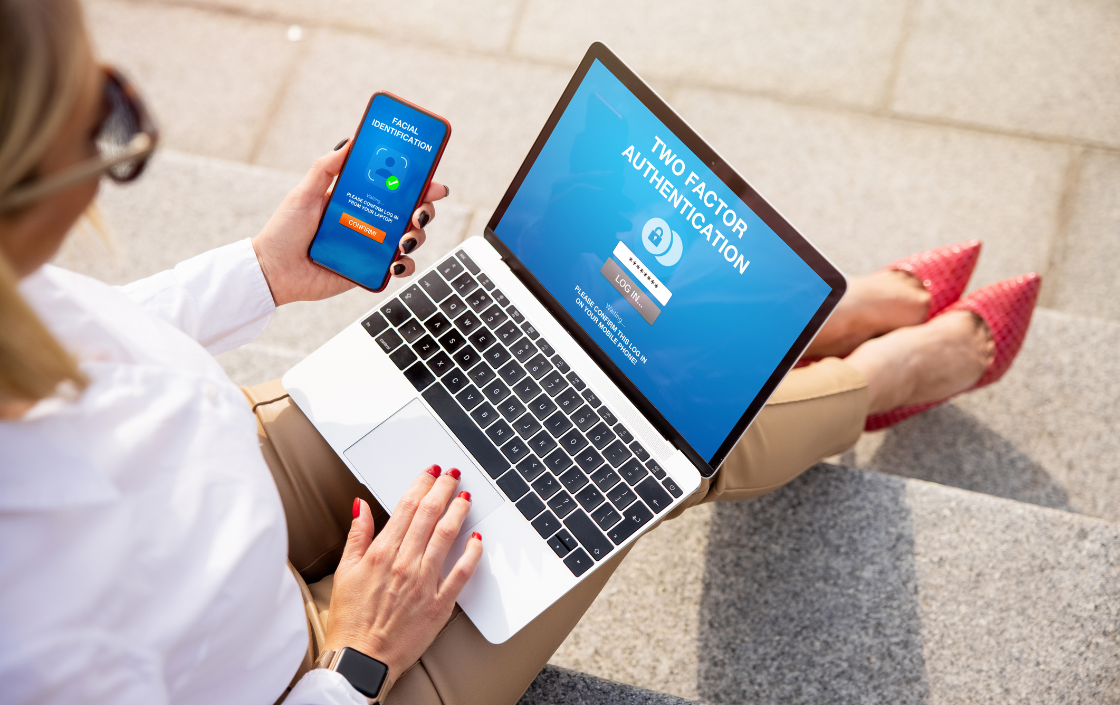Understanding Two-Factor Authentication (2FA) and Its Role in Security
In today’s digital age, where online security is paramount, the term “Two-Factor Authentication” or “2FA” has become increasingly important. You may have encountered this term when logging into your email, social media, or banking accounts, but do you truly understand what it means and how it enhances your security? In this comprehensive guide, we’ll demystify 2FA for non-technical professionals, helping you grasp its significance and how to use it effectively.
What is Two-Factor Authentication (2FA)?
Two-Factor Authentication, commonly known as 2FA, is a security process that adds an extra layer of protection to your online accounts. It requires two separate methods of identity verification before granting access to your account. These methods typically fall into three categories:
- Something You Know: This is usually a password, a PIN, or some other piece of information that only you should know.
- Something You Have: This involves a physical device or object, such as a smartphone, security token, or smart card, which is in your possession.
- Something You Are: Biometrics, like fingerprint or facial recognition, is a part of this category. It verifies your unique physical attributes.
Why is 2FA Important?
The primary reason for implementing 2FA is to enhance the security of your online accounts. Passwords, despite their ubiquity, are vulnerable to various threats, such as brute-force attacks, phishing, and data breaches. By requiring a second form of verification, 2FA significantly reduces the likelihood of unauthorized access, even if your password is compromised.
How Does 2FA Work?
2FA can take several forms, each offering a unique approach to verification. Here are the most common methods:
- SMS or Email Codes: After entering your password, you’ll receive a temporary code via SMS or email that you must enter to complete the login. This code is usually valid for a short period and can only be used once.
- Authentication Apps: Popular apps like Google Authenticator or Authy generate time-based codes that change every 30 seconds. You scan a QR code provided by the service and enter the generated code as your second authentication step.
- Biometric Authentication: Some devices and applications allow you to use your fingerprint, facial recognition, or even your voice as a second factor.
- Hardware Tokens: These physical devices generate codes or can be inserted into your computer’s USB port to confirm your identity.
Setting Up 2FA
The process of setting up 2FA varies depending on the service or platform you’re using. In most cases, it involves visiting your account settings, enabling 2FA, and following the provided instructions. The specifics may vary, but the general process is similar.
Advantages of 2FA
- Enhanced Security: As mentioned earlier, 2FA significantly bolsters your account security, making it much harder for attackers to gain unauthorized access.
- Protection Against Password Theft: Even if someone steals or guesses your password, they won’t be able to access your account without the second factor.
- Peace of Mind: Knowing that your accounts are better protected can offer you peace of mind, especially when dealing with sensitive information or financial transactions.
Challenges and Considerations
While 2FA is a powerful security tool, there are a few important considerations to keep in mind:
- Recovery Methods: Ensure you have backup recovery methods in place in case you lose access to your second factor, like a recovery code or backup email.
- Usability: Some users may find 2FA cumbersome, especially when using multiple accounts. However, the trade-off in security is well worth the minor inconvenience.
- Compatibility: Not all websites and services support 2FA, so it’s important to use it where available.
Conclusion
Two-Factor Authentication (2FA) is a vital tool in safeguarding your online accounts. It adds a crucial layer of security in an increasingly interconnected and digital world. Understanding how 2FA works, why it’s important, and how to set it up is essential for anyone who values their online security. Implementing 2FA not only protects your personal and financial information but also contributes to a safer online environment for everyone. Take the time to enable 2FA on your accounts, and you’ll sleep better knowing your digital life is better protected.






